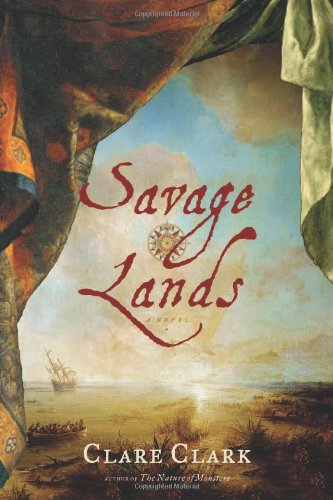Savage Lands
It is 1704. There are fewer than 200 people in Louisiana, the newest French colony. Craftsmen and soldiers have sent a request for virtuous, marriageable girls. “Casket girls,” their trousseau provided by the King, are duly sent. Unhappy, well-educated Elisabeth is among them. The “promised land” proves to be a wilderness; their new homes are windowless shacks perched upon quaking, disease-ridden swamp. Elisabeth, who has expected only misery, falls deeply in love with the soldier who marries her, the ambitious, hardnosed Jean-Claude.
The story has two narrators, a technique which the author handles artfully, although it is not always satisfying to the reader. Auguste is a penniless cabin-boy with a talent for observation and drawing. Dispatched to a distant Indian village, he is tasked with learning the language and spying for the French—if he can manage to survive. Both Auguste and Elisabeth come to worship the handsome, faithless Jean-Claude, and their shared passion binds them tragically together.
The author writes brilliantly. Her images of riotous growth and decay, her descriptions of the shifting delta beneath the characters’ feet, evokes both the “SavageLand” and the shattering experience of the heat-stunned colonists. I relished Auguste’s story but never connected with Elisabeth, perhaps because we are not shown the development of her obsessive, destructive love. Recommended for anyone who wants a genuine, if frequently painful, look into 18th-century colonial life and character.










